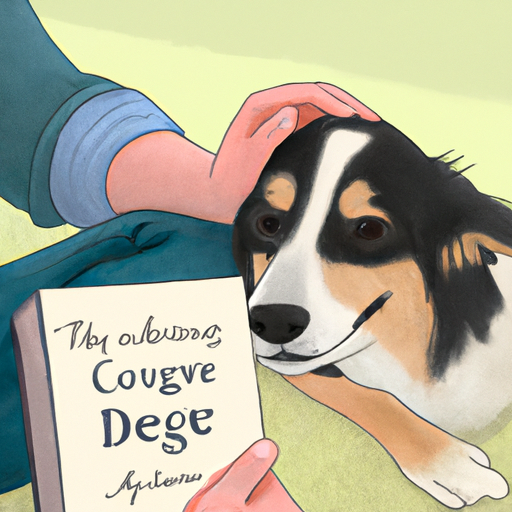Understanding Your Dog’s Separation Anxiety
Separation anxiety is a common issue faced by countless dog owners. It can manifest in numerous ways, from incessant barking and whining to destructive behavior. Your furry friend may feel stressed, fearful, or anxious when they’re left alone. You, as their caregiver, might wonder, “How do I help them?” Don’t worry, you’re not alone, and there are ways to manage this.
Step 1: Recognizing the Signs
Before you can tackle separation anxiety in your dog, you need to recognize the signs. Here are some of the most common symptoms you may notice:
- Excessive barking or howling when left alone
- Destructive behavior like chewing on furniture or scratching at doors
- Pacing or restlessness
- Accidents in the house despite being house trained
- Excessive salivation or panting
Step 2: Implementing a Routine
Establishing a routine can help alleviate your dog’s anxiety. Dogs thrive on predictability. They feel safe when they know what to expect. Your routine might look like this:
- Morning walk
- Breakfast
- Independent play time
- Midday walk (if possible)
- Dinner
- Evening relaxation
- Bedtime
Step 3: Training Techniques
There are several training techniques that can help your dog cope with separation anxiety. Here are a few you might consider:
- Desensitization: This involves gradually getting your dog used to being alone for longer and longer periods of time.
- Counter-conditioning: This technique involves changing your dog’s emotional response or behavior to a stimulus.
- Medication: In severe cases, medication may be necessary. Always consult with a veterinarian before starting any medication regimen.
Step 4: Creating a Safe Space
Creating a “safe space” for your dog can make them feel more secure when left alone. This could be a crate, a specific room, or even a special bed. The key is to make this space comfortable and inviting for your dog, filled with their favorite toys, blankets, and treats.
Step 5: Seeking Professional Help
If your dog’s separation anxiety persists despite your best efforts, it may be time to seek help from a professional. Animal behaviorists and trainers can provide more specialized techniques and strategies to help your dog.
Frequently Asked Questions (FAQs)
Q: How long does it take to cure separation anxiety in dogs?
A: It varies by dog and the severity of the anxiety. It could take several weeks to several months.
Q: Can separation anxiety in dogs resolve on its own?
A: In most cases, dogs need help to overcome their separation anxiety.
Q: Can puppies have separation anxiety?
A: Yes, puppies can show signs of separation anxiety.
Q: Does neutering or spaying affect separation anxiety?
A: There’s no definitive evidence that neutering or spaying affects separation anxiety.
Q: Are certain breeds more prone to separation anxiety?
A: Separation anxiety can affect any breed, but some breeds may be more prone due to their personality traits.



